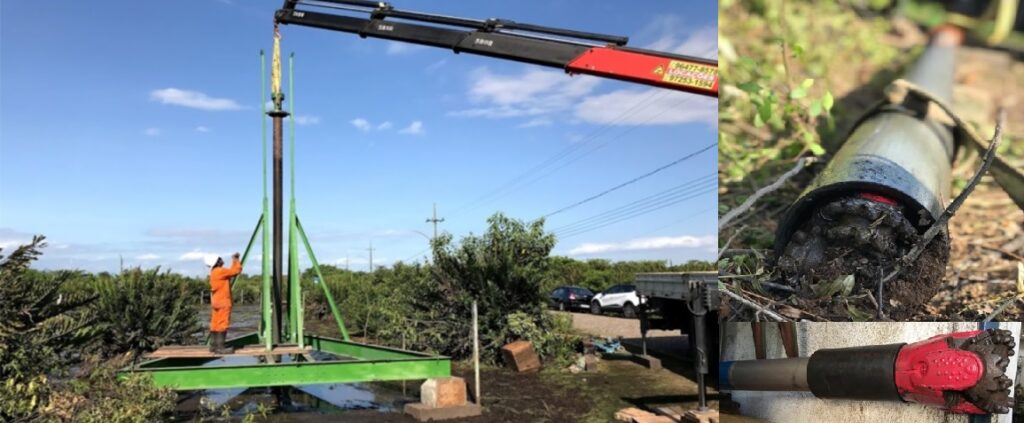Petrobras – UFRJ
The main functions of a conductor are:
- to stabilise and to protect the near-surface sediments from collapse and fracturing under mud pressures during the initial top-hole drilling operation;
- to resist the buoyed weight of the first string of casings (surface casing), which is landed shortly after installation of the conductor;
- later as a composite system with the surface casing, to provide the lateral stability for the well system and the blowout preventer (BOP) against the cyclic and tensile loading from the vessel motions and the riser oscillations driven by the environmental elements.
Long-term axial capacity of deepwater jetted piles, Zakeri et al. (2014)
Project chalenges:
Project main problem – bearing capacity after approximately 5 days of installation, to carry the load of the first string of casing (set-up governed mostly by thixotropy).
Installation depends primarily on the available load (WOB), weight on bit, limited by buckling (2000 m of water depth), string must be in tension.
Bearing capacity very much subjected to the operator, still highly empirical.
Bearing capacity depends on the drill bit stick-out (in, out, distance), water flow rate and jetting pressure used in the bit (may create a so-called mixed soil, water content higher than the original soil).
